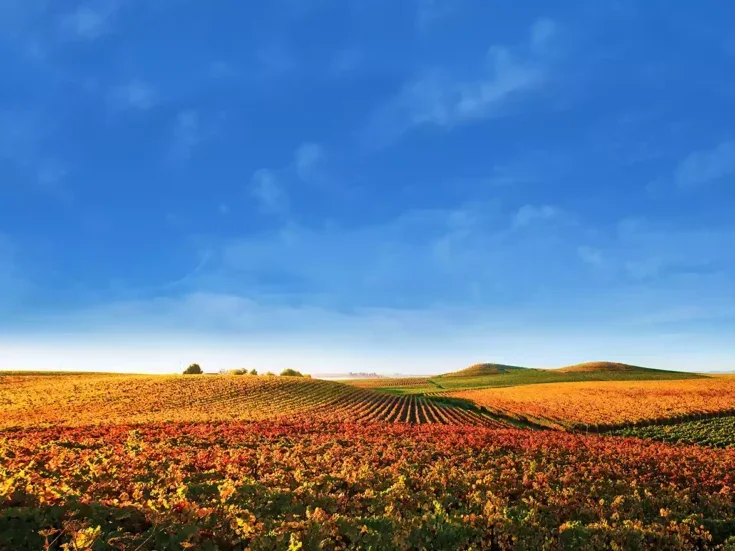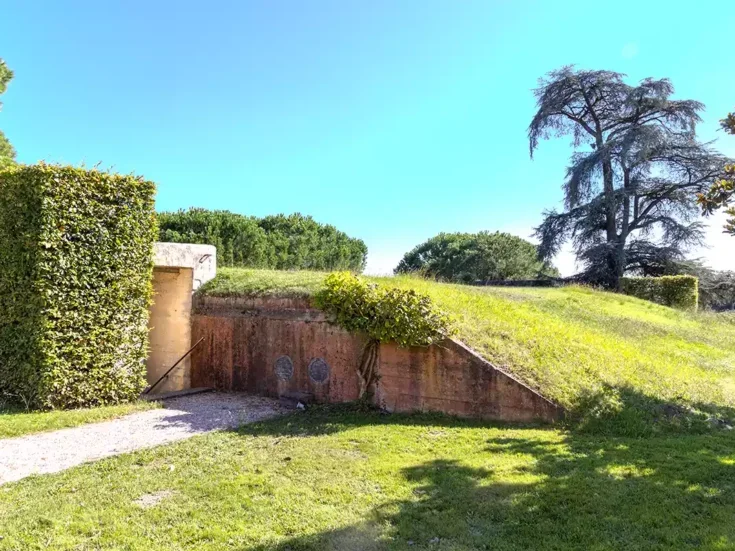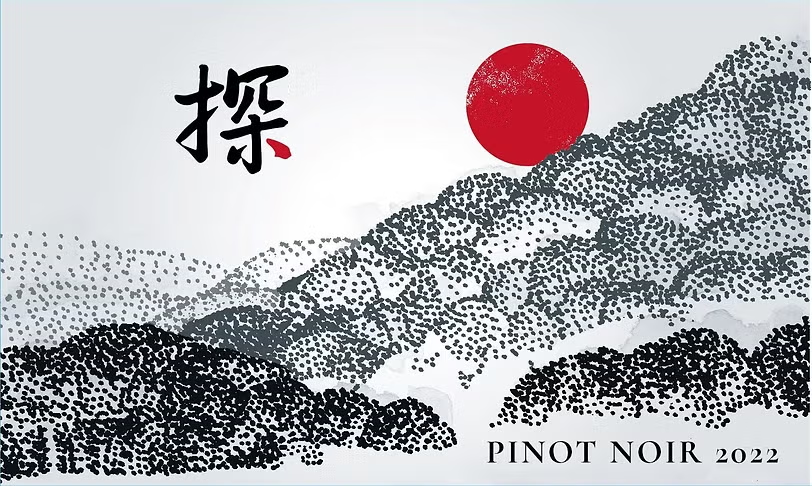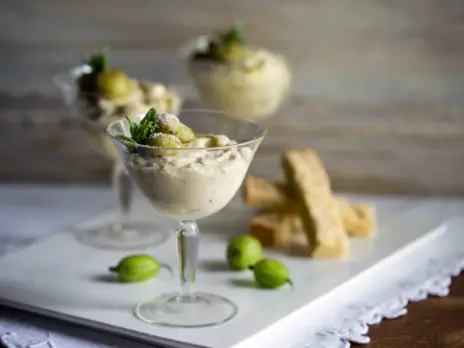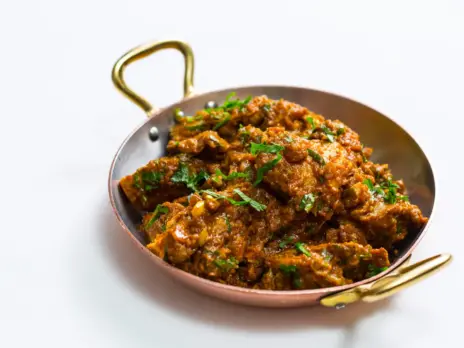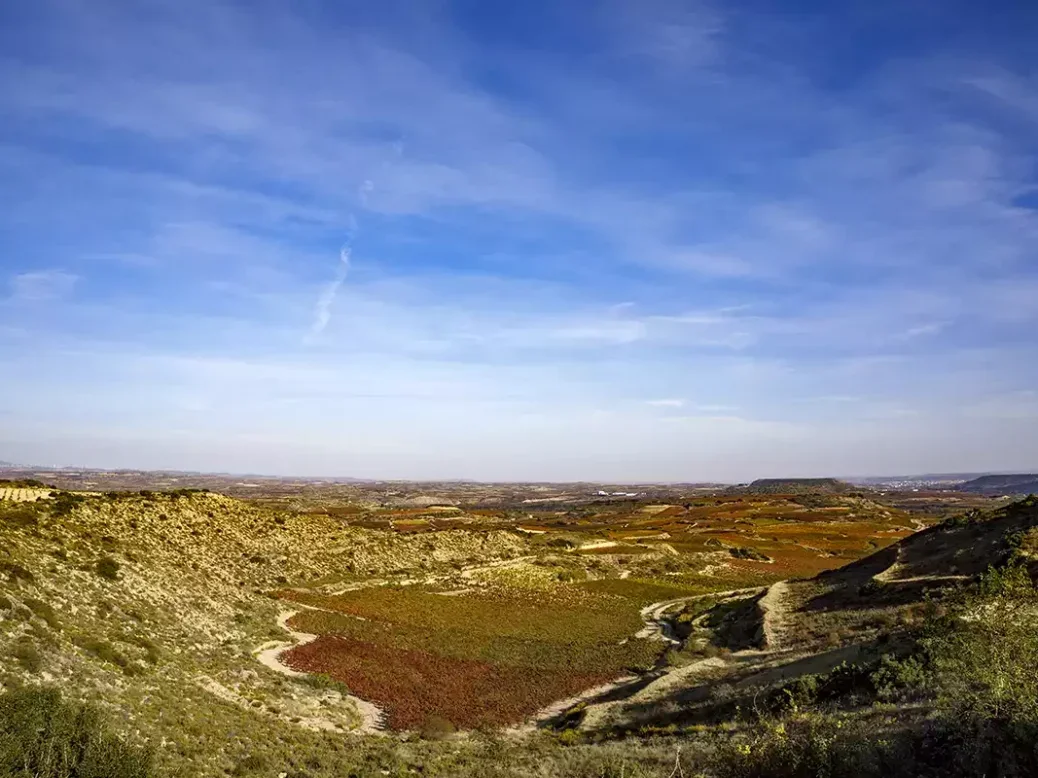
Noah Chichester reports on the creative tensions between traditionalists and terroiristes in Rioja.
There is no energy unless there is a tension of opposites,” wrote Carl Jung, and nowhere in the wine world does that feel more relevant today than in Rioja. As Spain’s oldest denominación de origen celebrates its centenary, it finds itself in the middle of a standoff between two visions of the future. No one can predict what any wine region will look like 100 years from now, but for many it’s clear that the first decades of Rioja’s next century will be spent wrestling with the idea of terroir.
In one camp are the traditionalists, who remain wholly committed to the framework by which Rioja has been made, classified, and understood for much of the past century. They continue to champion the aging classifications that first helped to put Rioja on the map, convinced that time spent in barrel and bottle trumps any other method of understanding the region. In the other camp are winemakers who are ready to break with the past. They believe the future lies in village- and site-specific wines, and they question the continued reliance on the aging classifications that have long defined the region.
But rather than tearing Rioja apart, this tension has fueled a current of debate, experimentation, and positive reinvention. The result is a region in flux, sometimes rife with tensions but undeniably exciting. It’s a much-needed dose of energy: 21st-century challenges such as declining red-wine consumption and shifting consumer preferences have led Rioja to the brink of crisis, prompting a radical reconsideration of both its methods and its place in the global wine landscape.
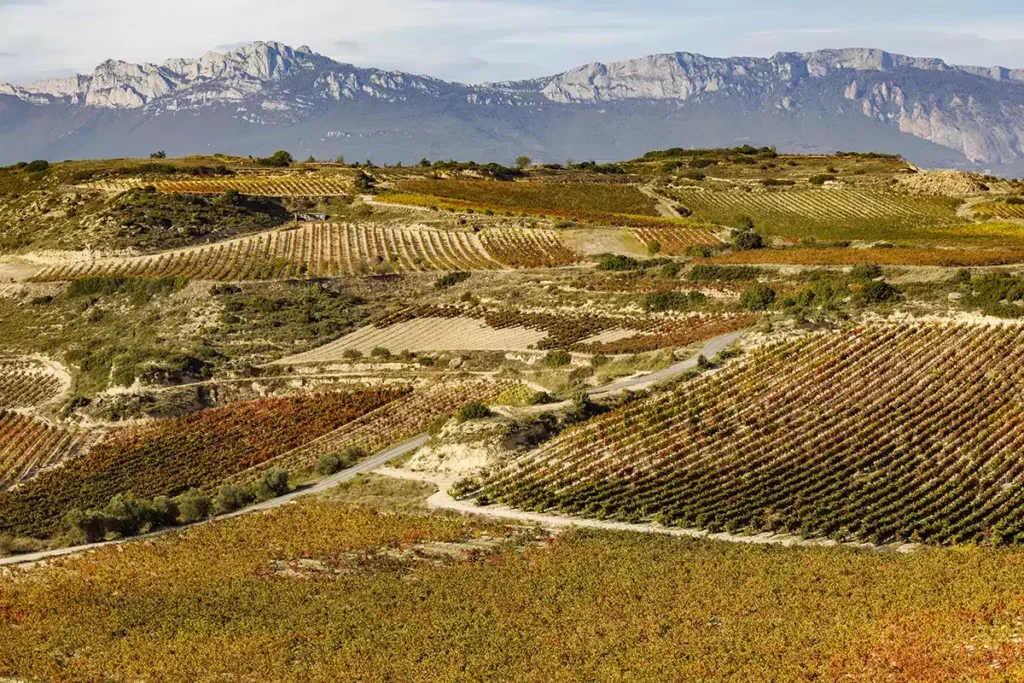
A method-based classification
Much like the modern region, the Rioja of 1925 was poised between tradition and a coming century of change. That year marked its establishment as Spain’s first denominación de origen, codifying its reputation for quality wine and satisfying the obsessions of many wineries to protect against fraud. But Rioja was by no means the international juggernaut of today. While the prestige of barrel-aged wines had grown at the end of the 19th century thanks to the work of figures like the Marqués de Murrieta and the Marqués de Riscal, modern viticultural techniques were limited, and the region’s aging categories hadn’t yet been standardized.
Over the next century, Rioja would establish itself as one of the world’s leading models for a method-based classification system. In contrast to the model of classifying by vineyard, where a wine’s value lies in the distinctiveness of its site and the minutiae of its terroir, Rioja’s designations of genérico, crianza, reserva, and gran reserva are based on time spent in barrel and bottle. In the dominant commercial model of Rioja’s large wineries, grapes from all over the 60-mile- (100km-) long region are blended into wine and aged in oak barrels until they attain uniformity.
The region’s most coveted bottlings have long been made from a coupage of grape varieties, villages, and even subzones, pieced together by houses that prefer a recognizable style and branding over an exploration of how a particular grape expresses itself in a particular place. This stylistic unity is also reflected in the classic wine student’s guide to the region, which tells us that Rioja makes wines from Tempranillo, Graciano, and Mazuelo that are aged for extended periods of time in American oak, which gives the wines notes of coconut, dill, vanilla, and baking spices.
Through this lens, terroir becomes secondary to method in the pursuit of consistency, longevity, and market identity. It’s a model that has worked for the past 100 years, so it makes sense that the region’s largest and most influential producers are often loath to stray from the blend-based status quo. It’s also a model that has worked to grow Rioja itself. At the end of the 20th century, the region went through a planting boom that added more than 21,000ha (52,000 acres) between 1996 and 2005. This expansion continued for years, and today Rioja is home to more than 66,000ha (163,000 acres) of registered vines.
Rioja and the case for “wines of origin”
But what goes up must come down. Rioja has slowly begun to contract, in an attempt to deal with a glut of excess wine left by declining red-wine sales in the post-pandemic years. With this contraction, the traditional way of doing things has also come into question. A growing current of thought in Rioja argues that the traditional model reduces Rioja to a commodity, weakening the region’s collective foundation. Major wineries rely on producing vast quantities of crianza and reserva wines as part of a strategy that once helped them build their reputation on a global scale. The problems arise when these quality designations become diluted by a flood of inexpensive wines that technically meet requirements but offer little distinction between them, while their dominance marginalizes producers who are attempting to bring Rioja’s terroir into focus.
Andreas Kubach is one of those who refuses to stay at the margins. He belongs to a group of producers leading the charge for what he calls “wines of origin.” The German-born Master of Wine first fell in love with Rioja in the 1990s, when a tasting of young Tempranillo from Rioja Alavesa changed his life. “You had this incredibly vibrant wine that we tasted out of the tank,” he recalls. “It had freshness, drinkability, primary complexity… But later, when I tasted it from the barrel, that texture was all gone—it had been eaten by the oak.”
Kubach believes the way forward is a return to the cosechero (grower) model of Rioja’s past. This way of life, centered around small family farms, was dominant in Rioja Alavesa throughout much of the 20th century, when growers typically farmed tiny parcels and sold their wines locally. In 2018, Kubach and his business partners founded Bodegas Bideona, in Rioja Alavesa, in an attempt to kickstart what Kubach calls an “origin revolution.” They farm a patchwork of 300 parcels averaging 0.3ha (0.74 acre) each in eight villages, and make separate wines from each village using letters and numbers to denote the name: Samaniego is sold as S4MG0, Laguardia as L4GD4, and Villabuena as V1BN4.
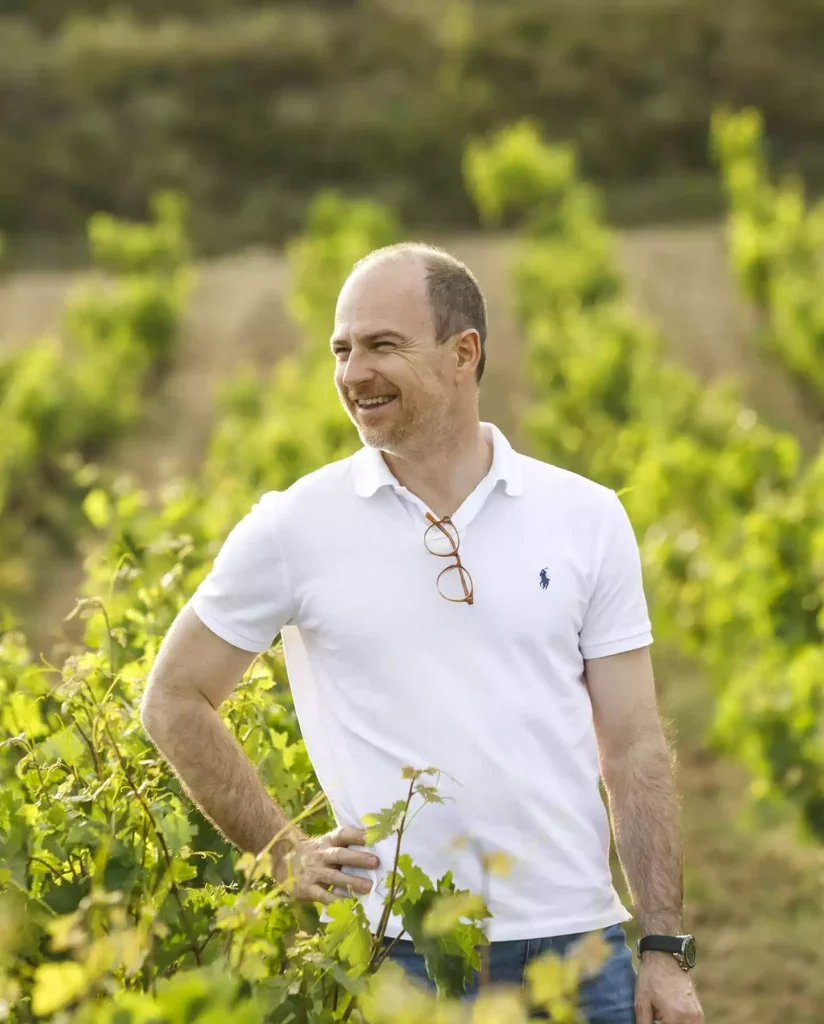
Kubach believes that, unlike the blended, barrel-aged, estate style, the hyper-local cosechero model provides a blueprint for modern producers to put village terroir first. But that vision runs counter to a system built to perpetuate the traditional model of winemaking in Rioja. As Tim Atkin MW noted in his 2024 Rioja Report, out of 578 wineries vinifying in Rioja, the 27 largest make up a staggering 71.97% of total sales. That imbalance gives the largest bodegas significant leverage over pricing, market strategy, and—most important—decisions at a regulatory level. The concentration of power in the hands of the largest players not only shapes the commercial landscape but also reinforces a regulatory framework built around their needs and methods.
Take barrels, for example: Producers who own fewer than 50 225-liter oak barrels aren’t allowed to designate their wine using Rioja’s aging classifications—meaning small wineries are effectively barred from the only significant means of quality designation recognized by the DOCa. Winemakers who use materials other than oak to age wines, such as amphorae or concrete eggs, are also forced to use the green “genérico” label. That’s not necessarily a barrier to market share, but when consumers have been inundated with the idea that longer oak aging equals better wine, it’s difficult to see how small, artisan producers can compete within the same categories as large wineries and justify charging double or triple the price.
This is where the terroir movement comes in. “If we can get to the point of charging just one or two euros more per bottle, we can afford to preserve these old vineyards that are in danger of disappearing,” says Kubach. The winemakers pushing for terroir don’t want to compete within the same categories as the big players; rather, they want to create a category of their own. Whether to call it new or not might elicit a few opinions.
“It’s absurd to say that Rioja has never had terroir,” says Telmo Rodríguez. “Wines were always made in places where there was talent, and people have always known where the best grapes came from, just as they knew where to get the best peaches or cherries. When people say that Rioja is only blended wines, they’re displaying a very short memory.”
In 2009, after interning with Gérard Chave and Trévallon’s Eloi Dürrbach, Rodríguez came back home and, in his words, “became obsessed with recovering a forgotten vision of Rioja.” He turned his attention to vineyards in neighboring villages that had historically supplied grapes to Remelluri, his family winery. Rather than blend them into the estate’s flagship reserva, Rodríguez decided to bottle these village wines separately and name them for their places of origin. Rodríguez openly defied the rules at the time by putting village names front and center, arguing that origin mattered more than aging classifications. His defiance helped spark a broader conversation within the region about terroir and eventually paved the way for changes in Rioja’s regulations.
Rodríguez says the movement toward terroir is a restoration, rather than a revolution. “If you’re restoring an 18th-century house, it’s not as if you’ve just discovered the beauty of the 18th century. But you do have to restore it.” That restoration includes reclaiming the idea of village wines. “Today, we’re in a moment where every region from Chianti to California wants to talk about villages. We have a history of making village wines, so not to talk about it would be ridiculous.”
Rodríguez wasn’t the only one to give Rioja a wake-up call. Rumblings of terroir-based dissatisfaction turned into a full-blown earthquake in 2015, when leading winery Bodegas Artadi decided to leave DOCa Rioja. In a press release explaining the factors that led to its decision, Artadi cited the idea that “renowned wine regions such as Bordeaux, Burgundy or Champagne offer consumers wines that reflect specific areas.” The implicit meaning was that there was no room to make terroir-based wines in Rioja. Ironically, Bodegas Artadi’s departure helped to achieve the very thing that founder Juan Carlos López de Lacalle had been pushing for during his five-year stint as a board member of Rioja’s regulatory council. Two years later, the council proposed three new designations for Rioja wines: Vino de Zona (zone wines), Vino de Municipio (village wines), and Vino de Viñedo Singular (single-vineyard wines).
The new designation of Vino de Municipio allowed wineries to use the name of a village only if the winery was located in that village—so a winery located in Elciego making a wine with grapes from Leza couldn’t put “Vino de Leza” on its label. To rectify this, in 2024, the regulatory council introduced a new label designation: Vino de Pueblo. Although both Vino de Municipio and Vino de Pueblo essentially mean “village wine,” the semantics were not lost on the terroirists. Vino de Municipio literally means “wine of the municipality,” a formal, administrative term. Vino de Pueblo translates more naturally to “village wine.” You would never ask a Spaniard what municipio he’s from; rather, you’d use the more colloquial, human word pueblo, which evokes the idea of community and identity. The new rule allows wines to be labeled with the name of the village where the grapes were grown, even if the winery itself isn’t physically there. For small producers frustrated by the limitations of Vino de Municipio, the change represented a step forward in recognizing the differences in expression between Rioja’s villages. “We’re at the point of sophisticating the message,” says Kubach. “We have to communicate that sophisticating the message is not making it less commercial. The new generation of producers can articulate why these vines are good,” he continues. “They have a more international viewpoint and a better understanding of texture, freshness, minerality, and all the things that make great wine in Rioja. It’s the first time a large group of people is starting to analyze these landscapes, understand them, and put them into the glass. This is where Piedmont was 15 years ago or where Burgundy was 40 years ago. It’s the most exciting time in three generations,” he says.
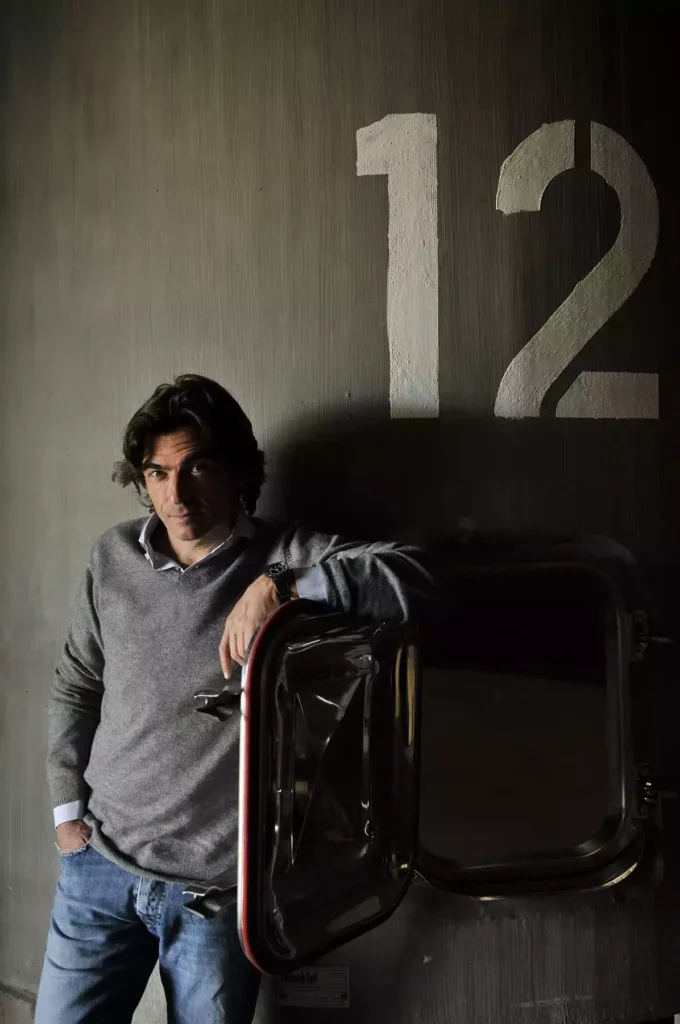
The best of both
So, what will the future bring for Rioja? Kubach believes the best is yet to come. “We’re going to witness an era of more and more polarization. There will be a falling off on the bottom end,” he predicts. “There are a lot of vineyards that make decent Tempranillo, but you have no business just making decent Tempranillo in Rioja.”
Despite the excitement around terroir, both Rodríguez and Kubach predict that there will always be a market for the classic reservas and gran reservas that have made Rioja famous. “I’m not against ‘wines of style’ done well,” says Rodríguez. “If you want to make Dom Pérignon in Champagne, no one would criticize that. But today, Champagne is more attractive because of its growers and lieux-dits, not just because of Dom Pérignon.”
“We’ll always talk about these classic, oxidatively aged wines,” says Kubach. But as for the new “wines of origin,” he believes that “any serious wine taster will have to admit that they deserve a place with the greatest wines of the world.”
Rodríguez agrees. “I think Rioja is among the top five wine regions of the world. It’s one of the best wine regions in the world, without a doubt,” he says. “The great opportunity of Rioja is to fight for quality, authenticity, wines of origin, and great vineyards. But what we need to do now is undo all the mistakes Rioja has made for the past 70 years.” As he puts it, “If you’re going to restore an 18th-century house, you have to start by taking off the aluminum shutters.”

